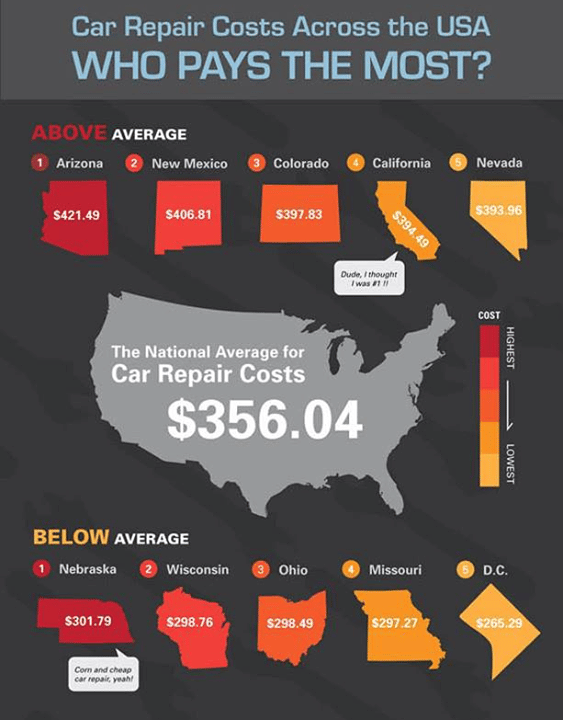Looking For Clarity On The Caution Lights Presented On Your Cars And Truck'S Control Panel? Find Out Exactly How They Associate With Your Car'S Health And Safety
Looking For Clarity On The Caution Lights Presented On Your Cars And Truck'S Control Panel? Find Out Exactly How They Associate With Your Car'S Health And Safety
Blog Article
Content Writer-Sykes Corbett
When you lag the wheel, those radiant caution lights on your control panel can be a bit complicated. Do you recognize what they're attempting to tell you concerning your auto's health? Comprehending the value of these lights is vital for your safety and security and the durability of your automobile. So, the following time among those lights turns up, wouldn't you wish to understand its message precisely and take the needed steps to address it?
Common Caution Lights and Interpretations
Recognize usual caution lights in your car and comprehend their significances to ensure risk-free driving.
The most typical warning lights include the check engine light, which signifies problems with the engine or emissions system. If linked web site begins, it's important to have your car checked without delay.
The oil stress advising light suggests low oil pressure, calling for immediate focus to avoid engine damages.
A flashing battery light could recommend a defective charging system, possibly leaving you stranded otherwise addressed.
The tire stress monitoring system (TPMS) light alerts you to reduced tire pressure, influencing car security and gas performance. Overlooking this can result in dangerous driving conditions.
The abdominal light shows a trouble with the anti-lock braking system, endangering your capability to stop swiftly in emergencies.
Finally, the coolant temperature level cautioning light warns of engine overheating, which can result in serious damage otherwise settled quickly.
Understanding these common caution lights will aid you deal with problems promptly and keep risk-free driving conditions.
Importance of Prompt Attention
Understanding the common caution lights in your car is only the very first step; the value of immediately attending to these cautions can't be stressed sufficient to guarantee your safety and security when traveling.
When a caution light brightens on your dashboard, it's your car's way of communicating a prospective problem that requires attention. Disregarding these cautions can bring about a lot more extreme problems later on, compromising your safety and potentially costing you more out of commission.
Prompt focus to advising lights can prevent breakdowns and accidents. For instance, a flashing check engine light might suggest a misfire that, if left ignored, can cause damage to the catalytic converter. Addressing this quickly can save you from a costly repair.
Likewise, https://instantoilchange74951.worldblogged.com/38086324/mobile-auto-describing-enhancing-your-automobile-s-appearance-on-the-go warning light could indicate reduced brake fluid or worn brake pads, important components for your safety and security when driving.
Do It Yourself Troubleshooting Tips
If you discover a caution light on your control panel, there are a few DIY fixing pointers you can attempt prior to looking for professional help.
The initial step is to consult your automobile's handbook to recognize what the certain caution light indicates. Often the concern can be as basic as a loosened gas cap causing the check engine light. Tightening the gas cap might fix the problem.
Another typical problem is a low battery, which can trigger various warning lights. Inspecting the battery connections for deterioration and guaranteeing they're safe and secure could repair the trouble.
If a warning light persists, you can attempt resetting it by detaching the car's battery for a few mins and afterwards reconnecting it. Furthermore, checking your automobile's fluid degrees, such as oil, coolant, and brake fluid, can help troubleshoot warning lights connected to these systems.
Final thought
In conclusion, recognizing your car's warning lights is essential for maintaining your vehicle running efficiently and safely. By quickly dealing with these signals and knowing what they indicate, you can stay clear of costly fixings and prospective breakdowns.
Keep in mind to consult your auto's guidebook for specific details on each warning light and act as necessary to guarantee a trouble-free driving experience.
Remain educated, remain risk-free when traveling!
